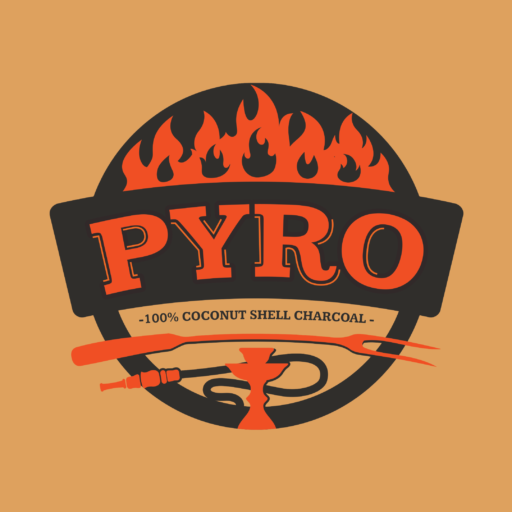How to manufacture the coconut shell charcoal Briquettes
How to manufacture the coconut shell charcoal Briquettes
Suspendisse pulvinar, augue ac venenatis condimentum, sem libero volutpat nibh, nec pellentesque velit pede quis nunc.

Donec mollis hendrerit risus aenean imperdiet
Manufacturing coconut shell charcoal briquettes involves several key steps, including carbonization, crushing, mixing, briquetting, and drying. Below is a detailed guide on how to make them:
1. Raw Material Selection
- Use dried coconut shells as the main raw material.
- Ensure the shells are clean and dry, free from moisture, dust, or any contaminants.
2. Carbonization Process
Objective: Convert coconut shells into charcoal.
Method 1: Traditional Pit/Drum Carbonization
- Place coconut shells in a kiln or drum.
- Ignite a fire at the bottom and allow slow burning with limited oxygen.
- Maintain the temperature around 400-600°C for 3-5 hours.
- Once the shells turn black (charcoal), cool them completely.
Method 2: Advanced Carbonization Machine
- Uses a controlled process for better efficiency and higher yield.
3. Crushing & Grinding
- Once cooled, crush the charcoal into fine powder (below 3mm particle size).
- Use a hammer mill, crusher, or grinder to ensure consistency.
4. Mixing with Binder & Water
- Mix the charcoal powder with a natural binder (e.g., tapioca starch, cornstarch, or molasses).
- Use a ratio of 3-5% binder by weight.
- Gradually add water to create a dough-like consistency.
5. Briquetting (Shaping)
- Use a briquette machine (extruder, roller press, or hydraulic press) to shape the mixture into desired forms:
- Pillow-shaped
- Hexagonal
- Cylindrical
- Cubic
- Ensure firm and compact briquettes.
6. Drying Process
- Dry the briquettes in direct sunlight or use an industrial dryer.
- Reduce moisture content to below 10%.
- Drying time: 24-48 hours (depending on method and weather).
7. Carbon Activation (Optional)
- For activated charcoal, the briquettes can be further heated at 800-1000°C in a controlled environment.
8. Packaging & Storage
- Pack in moisture-proof bags.
- Store in dry, ventilated areas.
Uses of Coconut Charcoal Briquettes
- BBQ and grilling
- Shisha/hookah
- Industrial fuel
- Air and water purification (if activated)
Key Benefits of Coconut Shell Charcoal Briquettes
✅ Eco-friendly – Renewable and sustainable.
✅ Long-burning time – Lasts 2-3 times longer than regular wood charcoal.
✅ Smokeless & Odorless – Ideal for indoor use.
✅ High calorific value – Produces more heat with less ash.
